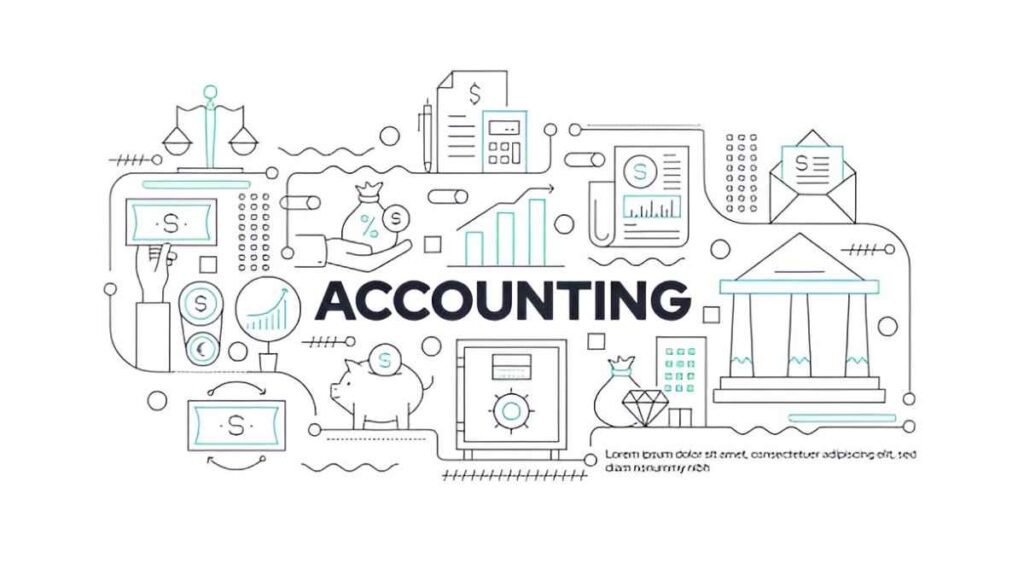Impulse buying refers to the spontaneous purchase of goods or services without prior planning or consideration. It occurs when a consumer feels a sudden urge or desire to buy something, often driven by emotions rather than rational decision-making. Understanding impulse buying is crucial for both consumers and businesses, as it influences consumer behavior and purchasing patterns in various industries.
Table of Contents
Understanding Impulse Buying
Key Points:
- Spontaneous Purchases: Impulse buying involves making unplanned purchases on the spur of the moment, without carefully considering the necessity or practicality of the item.
- Emotional Triggers: Impulse buying is often triggered by emotions such as excitement, desire, or impulsiveness, rather than logical reasoning or needs.
- Instant Gratification: Consumers experience immediate satisfaction or gratification from impulse purchases, fulfilling a temporary desire or craving.
- Low-Involvement Products: Impulse buying is more common with low-involvement products or items that are relatively inexpensive, readily available, and easily accessible.
Factors Influencing Impulse Buying
Several factors contribute to impulse buying behavior among consumers:
- Point-of-Purchase Displays: Eye-catching displays, promotions, or discounts near checkout counters in stores can tempt consumers to make impulse purchases.
- Advertising and Marketing: Compelling advertisements, online promotions, or social media influencers can influence consumers’ emotions and trigger impulse buying.
- Peer Influence: Recommendations from friends, family, or influencers can sway consumers’ decisions and encourage them to make impulse purchases.
- Limited-Time Offers: Scarcity or limited-time offers create a sense of urgency, prompting consumers to buy impulsively to avoid missing out on the opportunity.
Example of Impulse Buying
Imagine a scenario where Sarah visits a grocery store to buy some essential items. As she approaches the checkout counter, she notices a display of chocolates and candies strategically placed near the cash register. Despite not planning to buy sweets, Sarah feels tempted by the colorful packaging and enticing offers. She ends up adding a few chocolate bars to her basket without giving it much thought, succumbing to the impulse to indulge her sweet tooth.
Implications for Businesses
For businesses, understanding and capitalizing on impulse buying behavior can lead to increased sales and revenue. Some strategies to encourage impulse buying include:
- Strategic Product Placement: Positioning high-margin or impulse items prominently in-store or online where they are more likely to catch consumers’ attention.
- Limited-Time Promotions: Offering limited-time discounts or promotions to create a sense of urgency and encourage immediate purchases.
- Cross-Selling and Upselling: Recommending complementary or upgraded products at the point of purchase to entice customers into making additional impulse purchases.
Conclusion
Impulse buying plays a significant role in consumer behavior and has implications for both consumers and businesses. By understanding the factors that contribute to impulse buying and leveraging effective marketing strategies, businesses can capitalize on spontaneous purchasing behavior to boost sales and enhance profitability. For consumers, awareness of impulse buying tendencies can help make more informed purchasing decisions and avoid unnecessary or regrettable purchases.





